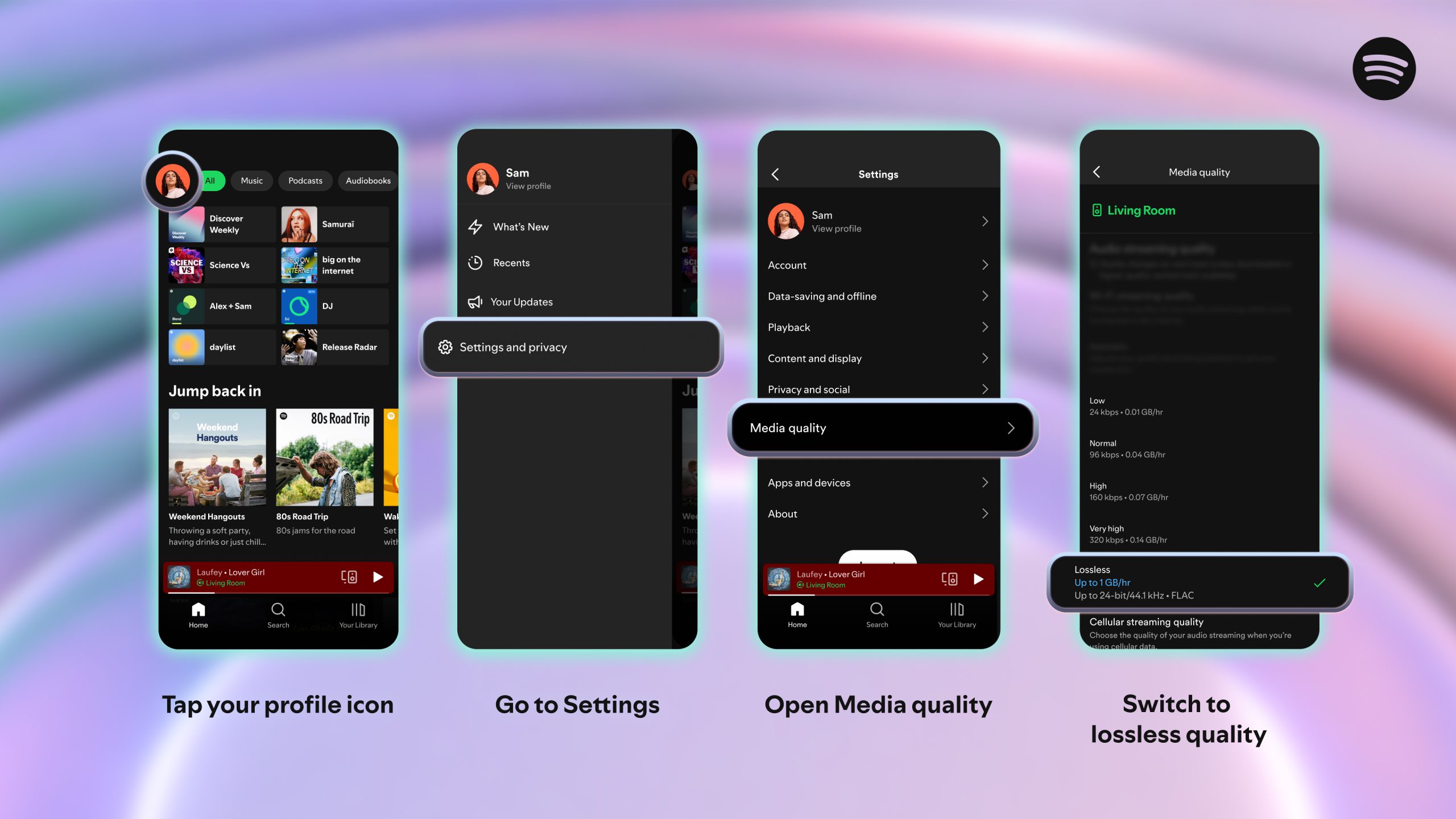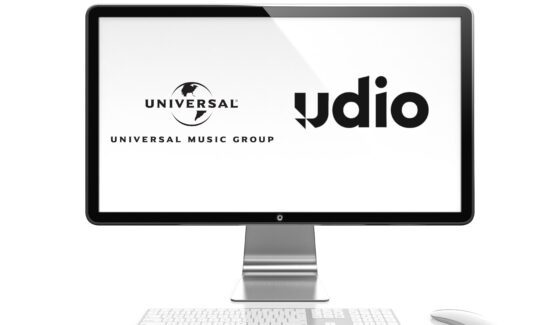Spotify Finally Launches Lossless Audio Streaming for Premium Subscribers

After years of speculation, Spotify has officially introduced lossless audio streaming to its platform. The long-awaited feature began rolling out on Wednesday, September 10, and will be gradually made available to Premium subscribers in over 50 markets through October, according to a report from Music Business Worldwide.
The upgrade allows users to stream music at up to 24-bit/44.1 kHz FLAC quality, bringing Spotify in line with competitors like Apple Music and Amazon Music, which already offer high-resolution streaming options. Apple Music currently supports audio up to 24-bit/192 kHz, while Amazon Music Unlimited provides high-definition and ultra-high-definition lossless formats.
READ MORE: John Lennon’s Killer Mark David Chapman Denied Parole for 14th Time
Spotify confirmed that Premium subscribers in Australia, the US, the UK, Germany, Japan, Sweden, New Zealand, and several other countries are already gaining access. The feature will be compatible across mobile, desktop, and tablet apps, as well as with devices supporting Spotify Connect, including Sony, Bose, Samsung, and Sennheiser. Support for Sonos and Amazon devices is expected to roll out next month.
The launch comes amid speculation about a new “Music Pro” or “Super-Premium” tier, which could bundle lossless audio with additional perks for a higher subscription fee. However, for now, lossless audio is included in the existing Spotify Premium plan.
Spotify VP of Subscriptions Gustav Gyllenhammar said:
“The wait is finally over; we’re so excited lossless sound is rolling out to Premium subscribers. With Lossless, our premium users will now have an even better listening experience.”
The move marks a significant step for the world’s biggest music streaming service, which boasts 276 million paid subscribers as of Q2 2025.









